The Loch Ness Monster is one of the mysteries that has helped make Loch Ness a legend that has attracted visitors for hundreds of years in Scotland.
Below are the mysteries of the famous lake in Scotland, which has been associated with the legend of the "Loch Ness monster" for over 100 years, compiled and listed by CNN .
Secret under the lake
What lies beneath the surface of the lake is Loch Ness’s biggest mystery. Alistair Matheson, who leads sonar tours of the lake, says many people believe there are monsters beneath the lake. Matheson also believes in the mysterious lake.
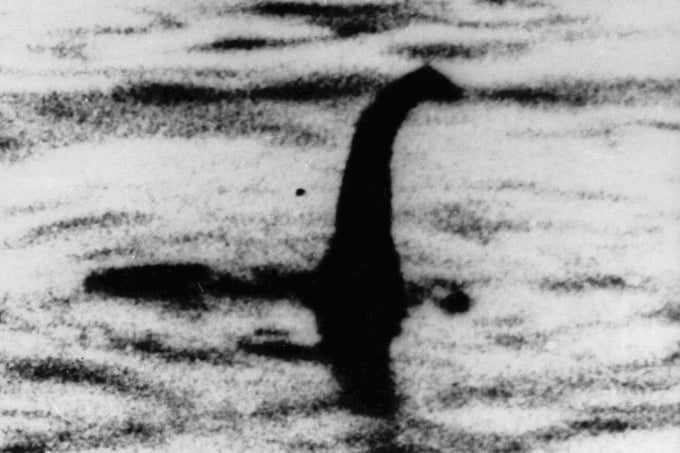
The image that many people believe shows a monster living in Loch Ness. The photo was taken in 1934. Photo: AP
Loch Ness has an average year-round water temperature of 4-5 degrees Celsius, is 37 kilometers long, and is about 230 meters deep, deep enough to "sink Edinburgh Castle" twice, according to CNN. Mud from surrounding rivers and streams flows in, making the water a dark brown color like tea. At the bottom of the lake, visitors can hardly see a 120 meter long submarine from half a meter away.
“The underwater scene is like a lost world ,” said Alan McKenna, founder of Loch Ness Exploration, an organization that researches and searches for the Loch Ness Monster. McKenna said many people “have seen things that are unexplainable.” He said the images could be monsters or natural phenomena.
The first person to photograph the "Loch Ness monster"
The legend of the Loch Ness monster has existed for a long time, but it wasn't until November 12, 1933, that Hugh Gray, a worker at a nearby factory, took the first photo of the Loch Ness "monster".
Earlier that year, in April 1933, nearby hotel manager Aldie McKay created a "worldwide sensation" when he reported seeing a giant monster near the lake shore.
These claims have attracted a steady stream of tourists to the lake over the past century. McKay's hotel in the nearby village of Drumnadrochit has become a huge success, and today it is the Loch Ness Centre, valued at $1.8 million, offering tours of the cryptid.
In August 2022, a monster hunt was organized and became the largest in 50 years. Like every time, the search did not produce convincing evidence of the monster being photographed in the lake.
Mystery around the lake
Even on a gloomy, grey Monday afternoon, Loch Ness attracts more visitors than expected. Although no monster is seen, visitors are still drawn by the strange stories surrounding it.
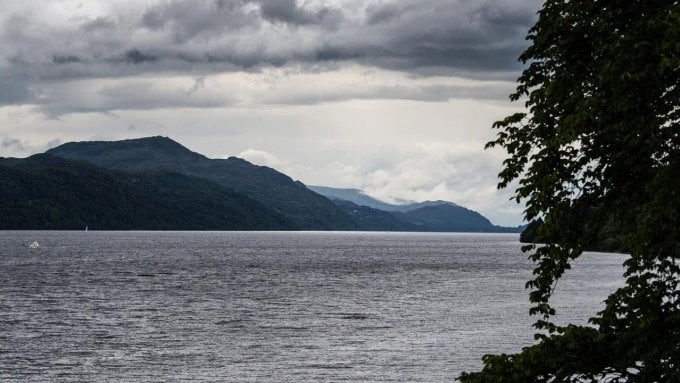
A corner of Loch Ness Lake. Photo: CNN
These range from the story of the Irish monk Saint Columba expelling a sea serpent from the River Ness in the 6th century to the strange activities of the English occultist Aleister Crowley at his Boleskine mansion on the southeast side of the loch.
The house, which burned down in 2015, is being refurbished and occasionally opened to visitors. It is now managed by the charity The Boleskine House Foundation, which is tasked with restoring and preserving the house and surrounding grounds.
Still, no legend of the lake has surpassed the monster in the public imagination.
People who spend their lives with monsters
Naturalist Adrian Shine, who founded the Loch Ness Project in 1973, has been exploring the loch for 50 years. Shine has inspired and mentored generations of loch enthusiasts, including Alan McKenna, who makes the three-hour trip from Edinburgh to the loch every month to start a monster hunt. Another is Steve Feltham, who has lived by the loch since 1991.
Visitors can meet them and the community of Loch Ness enthusiasts who are passionate about the environment, science and the mysteries of life.
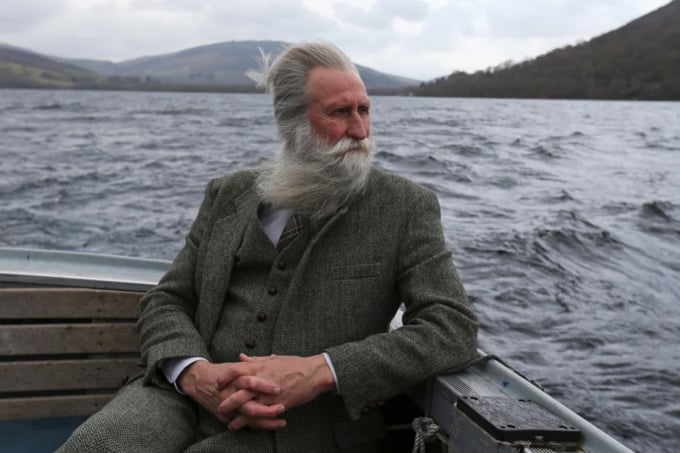
Naturalist Adrian Shine takes a boat ride on Loch Ness. Photo: Reuters
Water mirage
Loch Ness does not freeze in winter because the water underneath is warm. The shifting layers of water at different temperatures create huge waves underwater and large currents on the surface carry logs and debris, causing many people to mistakenly see the tail or neck of a large creature.
Occasionally, the lake is filled with fountains, mist, and swirling air, even though the water is still. From a distance, the sight resembles the long, writhing neck of a monster. McKenna and Shine both believe that most images of the Loch Ness Monster are water mirages.
Shine explained in the video that when large cargo ships pass through a long, deep, and narrow lake like Loch Ness, they can create large ripples that resemble the indentations of dinosaur vertebrae, especially when viewed from a low angle, such as standing on the shore.
The idea of a dinosaur-like creature living in the lake was dismissed years ago. A study found no reptilian DNA in the water. And the water was too cold for such a creature to survive.
The lake is also connected to the sea and many rivers, so theories explaining the suspected monster sightings could be seals or whales swimming by.
The monster's existence has never been proven, but it cannot be disproved either. And it is this belief that keeps believers trying to find it.
Anh Minh (According to CNN )
Source link










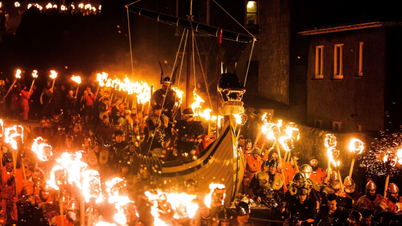



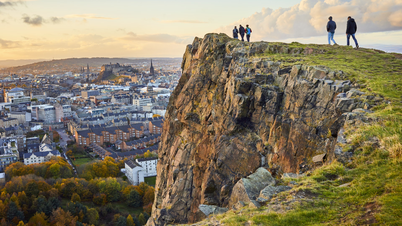





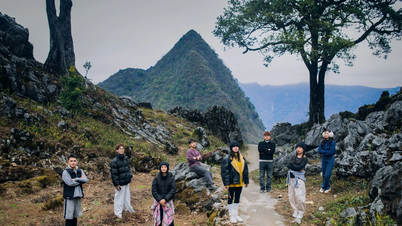

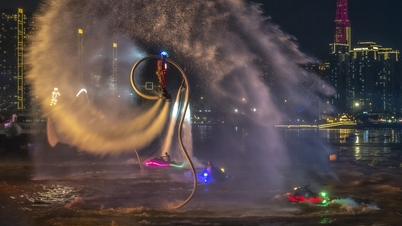




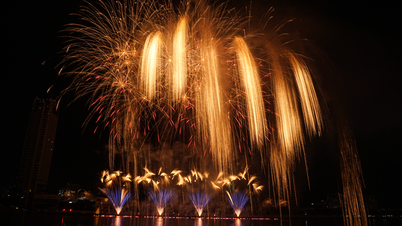
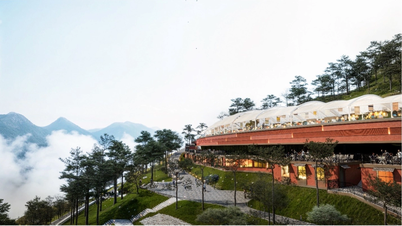







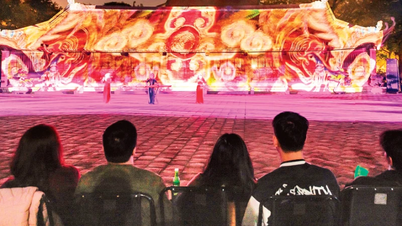


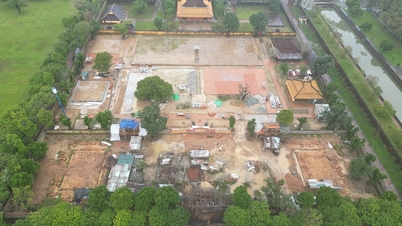




























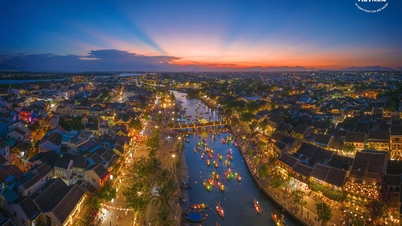



































Comment (0)